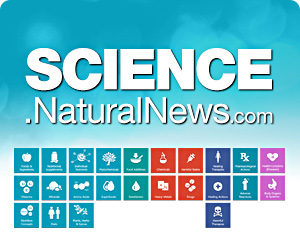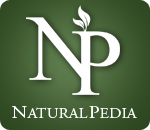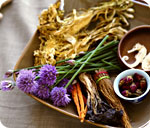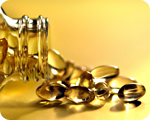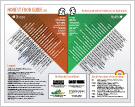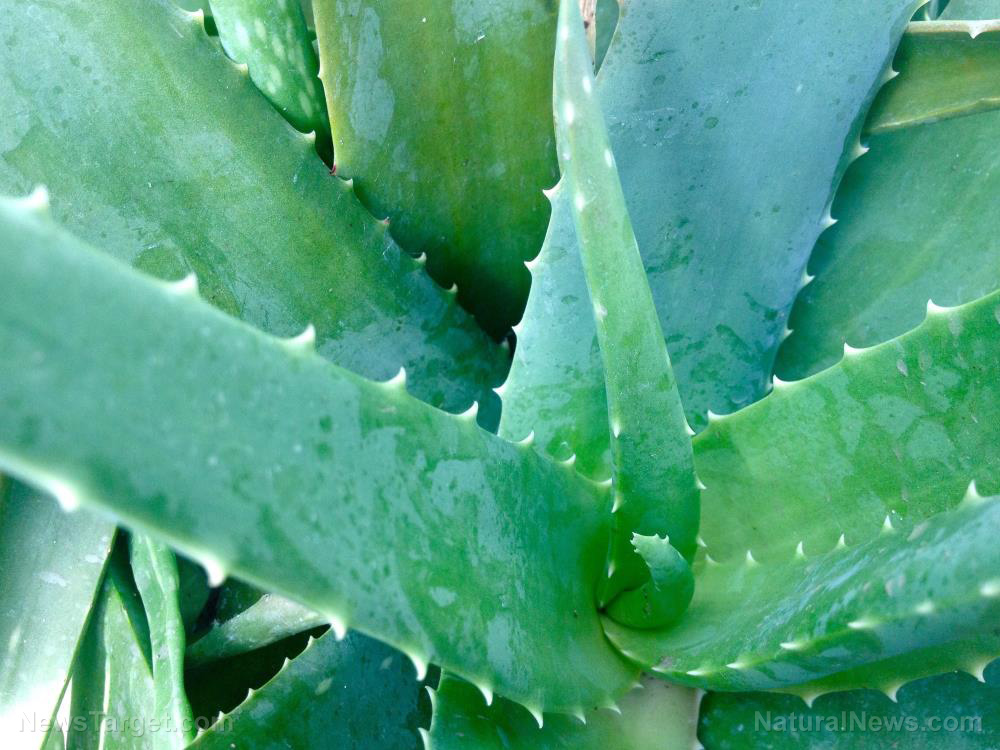
(Natural News) In this study, researchers from the Nelson Mandela African Institution of Science and Technology in Tanzania evaluated the preclinical acute and sub-acute toxicity of the methanolic extract of Aloe rabaiensis leaf (ARLME) using BALB/c mice following OECD guidelines 423 and 407, respectively. Their findings were published in the Journal of Medicinal Plants Research.
- For the acute oral toxicity test, the researchers administered ARLME to the mice by oral gavage at single doses of 1,000, 2,000, 3,000, 4,000 and 5,000 mg/kg body weight.
- They then observed the animals for 14 days for any signs of toxicity.
- For the sub-acute oral toxicity test, the researchers administered ARLME by oral gavage at doses of 500, 800 and 1,000 mg/kg body weight daily for 28 days.
- At the end of the test, they collected blood samples from the animals for biochemical analyses and carried out gross and microscopic pathology examinations.
- The control group they used for both tests received a single oral dose of 0.5 mL one percent DMSO in normal saline.
- The researchers did not observe any treatment-related death or signs of toxicity in the acute oral toxicity test at dosages below 4,000 mg/kg body weight.
- However, at 4,000 and 5,000 mg/kg, they observed that ARLME caused drowsiness and sedation, suggesting that 3,000 mg/kg is the highest tolerable dose of the extract. ARLME may therefore be classified as a category 5.
- In the sub-acute toxicity study, the extract did not cause adverse changes in hematological parameters, body weight and histopathology results at 500 and 800 mg/kg.
- However, at 1,000 mg/kg, ARLME increased serum aspartate transaminase and alanine transaminase levels.
- It also promoted the proliferation of lymphocytes in the liver and the infiltration of leukocytes in the kidneys.
Based on these findings, the researchers concluded that A. rabaiensis leaf extracts are non-toxic at dosages below 1,000 mg/kg, making their use in drug formulations possible.
Read the full study at this link.
Journal Reference:
Mwanaisha M, Ernest M, Musa C. EVALUATION OF ACUTE TOXICITY AND SUB-ACUTE TOXICITY OF THE METHANOLIC EXTRACT OF ALOE RABAIENSIS RENDLE IN BALB/C MICE. Journal of Medicinal Plants Research. 10 July 2019;13(13):296–303. DOI: 10.5897/jmpr2019.6756









